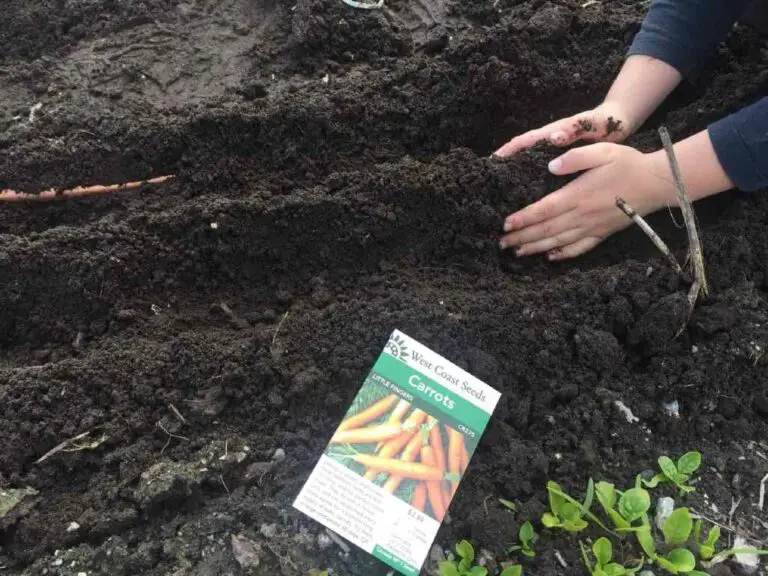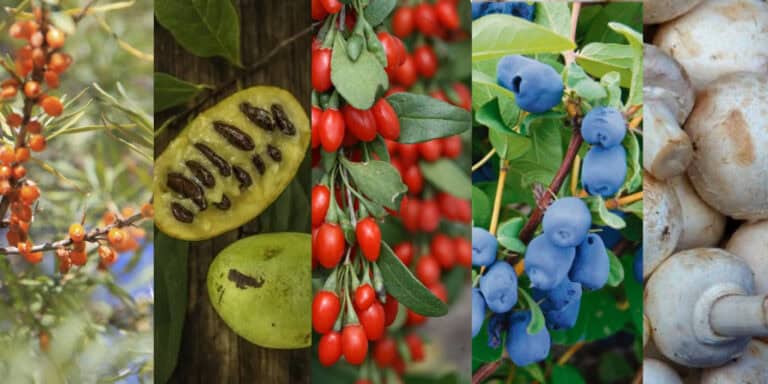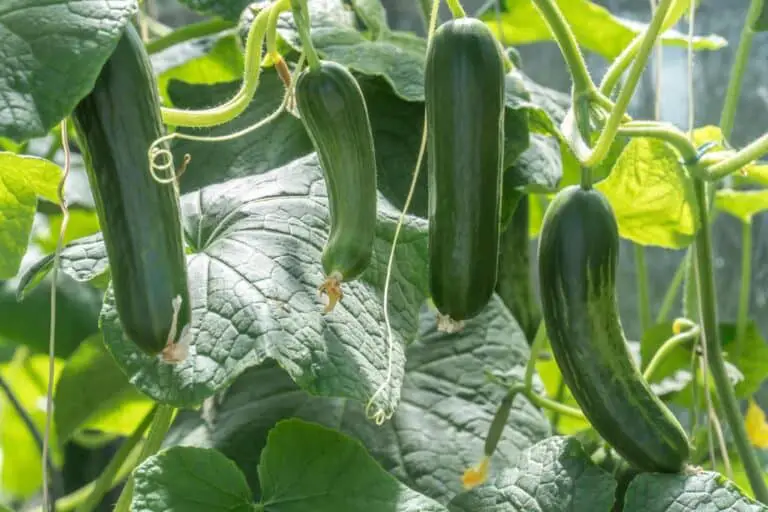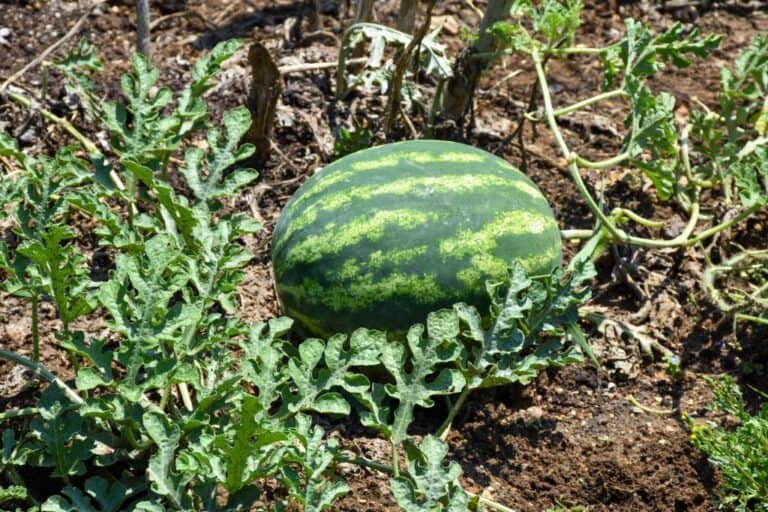Here’s When and How to Prune Allamanda Plant (Easy Guide)
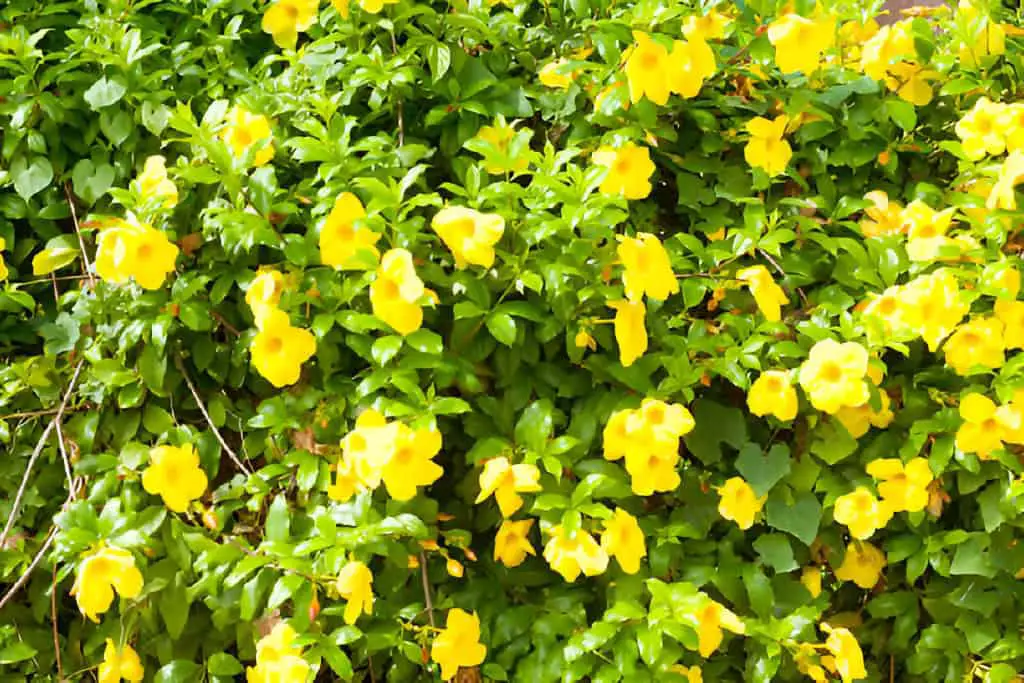
Have you ever wondered how to keep your Allamanda plant looking vibrant and healthy year-round? Pruning is vital for keeping it pretty. It’s also key for strong growth and lots of flowers.
You may be a seasoned gardener or just starting out with Allamandas. Knowing the best pruning techniques can greatly improve your garden’s looks and plant health.
In this article, we’ll cover all you need to know about pruning Allamanda plants. We’ll cover when and how to prune and essential tips for growth. By the end, you’ll be equipped with the knowledge to enhance your garden’s allure and keep your Allamanda thriving.
Understanding Allamanda Plants
Allamanda, commonly referred to as the Golden Trumpet or Yellow Bell, is a tropical plant native to South and Central America. It thrives in warm climates and can be grown as a vine or shrub. With its lush green foliage and bright, showy flowers, Allamanda adds a touch of exotic beauty to any garden.
Benefits of Pruning Allamanda
Pruning Allamanda plants is crucial for several reasons. It encourages growth. It keeps a manageable size. It leads to more blooms. It prevents disease by improving air flow. Regular trimming also helps shape the plant, ensuring it remains attractive and well-kept.
When to Prune Allamanda
When you prune can greatly affect an Allamanda’s health and blooming. The ideal times to prune Allamanda are during late winter or early spring, just before the new growth season begins. Pruning at this time stimulates vigorous growth and sets the stage for a vibrant display of flowers.
Seasonal Pruning Guide
Late Winter to Early Spring
- Perform major pruning to shape the plant and remove dead or damaged branches.
- Cut back long, leggy stems to encourage bushier growth.
Summer
- Conduct light maintenance pruning to remove spent flowers and any unruly growth.
- Focus on deadheading to encourage continuous blooming.
Fall
- Prepare the plant for dormancy by removing any diseased or weak branches.
- Avoid heavy pruning to prevent stress as the plant enters its resting phase.
Table: Seasonal Pruning Activities for Allamanda
| Season | Pruning Activity |
| Late Winter/Early Spring | Major pruning to shape and remove damaged branches |
| Summer | Light maintenance pruning and deadheading |
| Fall | Remove diseased/weak branches, avoid heavy pruning |
Tools and Preparation
Having the right tools and preparing adequately is essential for effective pruning. Clean, sharp tools make precise cuts and prevent disease transmission.
Essential Tools
- Pruning shears: Ideal for cutting small to medium branches.
- Loppers: Suitable for thicker branches.
- Gloves: Protect your hands from sap and thorns.
- Disinfectant: Clean tools before and after use to prevent disease spread.
Table: Pruning Tools for Allamanda
| Tool | Use |
| Pruning Shears | Cutting small to medium branches |
| Loppers | Trimming thicker branches |
| Gloves | Protecting hands from sap and thorns |
| Disinfectant | Cleaning tools to prevent diseases |
Pruning Allamanda Plant (Step-by-Step Guide)
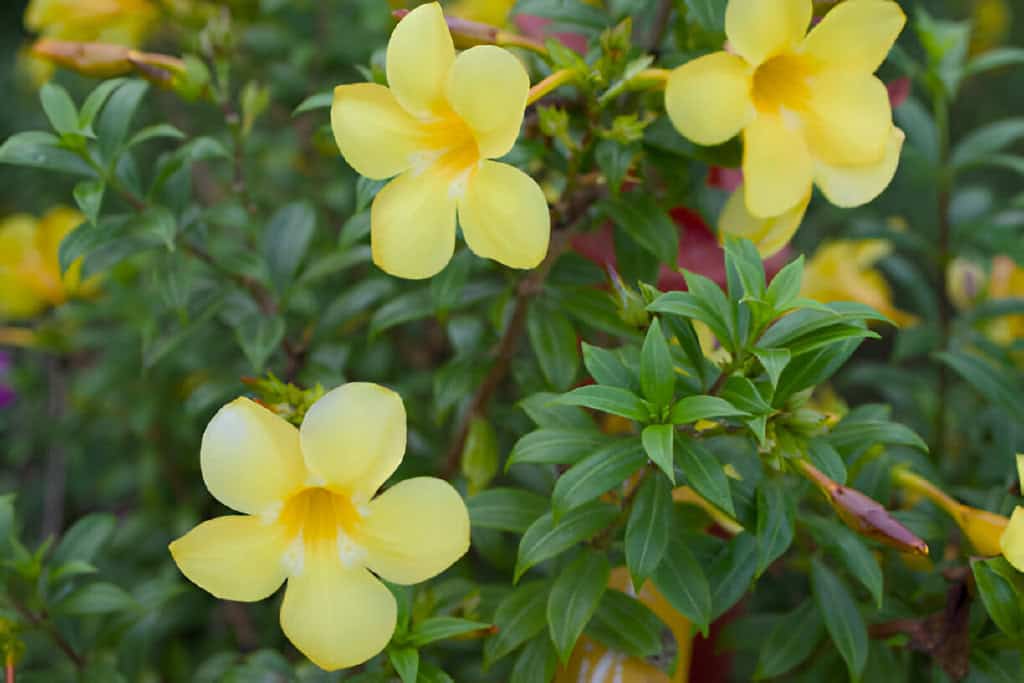
1. Inspect the Plant
Begin by thoroughly inspecting your Allamanda plant. Look for any dead, diseased, or damaged branches. Identifying these areas will help you determine where to make your cuts.
2. Remove Dead and Diseased Parts
Start by cutting back any dead or diseased branches. Use your pruning shears to make clean cuts just above a healthy part of the stem. This prevents the spread of disease and encourages new, healthy growth.
3. Trim Overgrown Stems
If your Allamanda plant has long, leggy stems, trim them back to promote bushier growth. Aim to cut back the stems by about one-third, making your cuts just above a leaf node or bud. This will encourage the plant to produce new shoots and flowers.
4. Shape the Plant
Once you’ve removed the dead and overgrown parts, shape the plant to your desired form. This might involve trimming back any straggly or unruly stems to create a more compact and attractive appearance. Use your loppers for thicker branches and pruning shears for smaller ones.
5. Clean Up
After pruning, clean up any fallen leaves and debris around the base of the plant. This helps prevent pests and diseases. Give your Allamanda a thorough watering to help it recover from the trimming process.
Pruning Tips for Healthy Growth
- Regular Maintenance: Perform light pruning regularly to maintain the plant’s shape and health.
- Avoid Over-pruning: Only remove up to one-third of the plant at a time to avoid stressing it.
- Watch for Pests: Keep an eye out for common pests like aphids or spider mites, which can be attracted to newly pruned plants.
- Fertilize: After pruning, feed your Allamanda a balanced fertilizer. This will promote new growth.
Troubleshooting Common Pruning Issues
- Browning Tips: If you notice browning tips after pruning, it could be due to excessive pruning or improper cuts. Ensure your tools are clean and sharp, and avoid cutting too much at once.
- Slow Growth: If your Allamanda is not growing as expected after pruning, check the soil and light conditions. Allamanda prefers well-draining soil and full sun to partial shade.
Table: Common Pruning Issues and Solutions
| Issue | Cause | Solution |
| Browning Tips | Excessive pruning or improper cuts | Use clean, sharp tools; avoid over-pruning |
| Slow Growth | Poor soil or light conditions | Ensure well-draining soil and adequate light |
| Also read: How to Prune Duranta Plant |
Benefits of Proper Pruning of Allmanda Plant
Pruning Allamanda plants correctly can lead to numerous benefits. It encourages the development of more flowers, enhances the plant’s overall health, and keeps the plant looking neat and tidy. Proper pruning also helps prevent disease and pests. It ensures your Allamanda plant thrives for many years.
Encouraging More Blooms
One of the primary reasons to prune Allamanda is to encourage more blooms. By removing spent flowers and trimming back overgrown stems, you stimulate the plant to produce new buds. This results in a more prolific flowering season, allowing you to enjoy the vibrant yellow blooms for an extended period of time.
Improving Air Circulation
Dense growth can limit airflow around the plant, creating a humid environment that encourages diseases and pests. Pruning thins out the plant. It improves air flow and cuts the risk of fungus and pests.
Maintaining Plant Health
Regular pruning removes dead or diseased branches, preventing the spread of infections to healthy parts of the plant. It also allows you to inspect the plant closely, catching any potential issues early and addressing them promptly.
Shaping and Controlling Growth
Allamanda plants can grow rapidly, becoming unruly if not managed properly. Pruning helps control their size and shape, ensuring they fit well within your garden design. This is particularly important for Allamanda grown as a vine, as it can quickly overtake nearby plants and structures.
Table: Benefits of Pruning Allamanda
| Benefit | Description |
| More Blooms | Stimulates new bud formation for a more prolific flowering season |
| Improved Air Circulation | Reduces the risk of fungal infections and pest infestations |
| Maintained Plant Health | Prevents the spread of diseases by removing dead or diseased parts |
| Controlled Growth | Keeps the plant’s size and shape manageable |
Conclusion
Pruning your Allamanda plant is a rewarding practice that keeps it healthy and enhances its beauty. Follow this complete guide. It will help your Allamanda thrive. It will provide lush leaves and many bright blooms all year. Regular maintenance, the right tools, and an understanding of your plant’s needs are key to successful pruning. Happy gardening!


